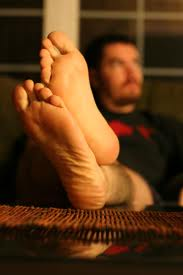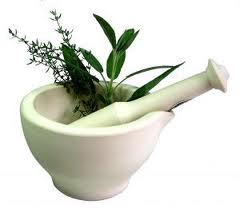I had the opportunity to pick the brains of two doctors about knee pain. Turns out I got a few surprising alternative methods of treating knee pain, or any other pain for that matter.
I did recorded a call with the docs and I know you’ll get lots of information that will help any kind of pain that you experience. CLICK HERE TO LISTEN IN.
First of all, let’s discuss the reason for knee pain. One main reason for joint pain is INACTIVITY.
Yes, you read that correctly. If you don’t move it, you lose it-pain free mobility that is.
Your joints were meant to move and movement keeps the synovial fluid in the joints flowing like oil in your engine. Movement strengthens the musculature surrounding all the joints. This provides strength and stability.
The double-edged sword is that too much movement can cause over use injuries and deterioration of the joints…so it’s sort of a tricky situation.
Common Problems…
Osteoarthritis is a common problem in knee joints. This is inflammation and deterioration of the interior of the knee joint.
Patella femoral pain, that is, pain under the kneecap, is also a common knee problem. This is another form of arthritis.
The reason for chronic degeneration of the knee joint is due to the fact that the joint isn’t articulating or moving correctly. This can initially be caused by some kind of trauma such as a torn or stretched ligament. This causes hypermobility in the joint where by the joint itself gets lax and bones rub up against each other in such a way that causes irritation and inflammation.
The first line of defense in healing an ache or pain is correctly identifying the problem. Early identification helps to prevent further deterioration of the joint.
If a pain that doesn’t go away after a week or two weeks, you should seek professional care.
Allowing the body to heel on it’s own, when an injury is of a serious nature, can cause problems down the line. The truth is, when the body takes over healing, it will only restore the health of a joint to 60-65% of previous ligament strength. Consequently, the joint becomes more susceptible to injury so it gets easier to reinjure the joint in the future.
There are a few simple approaches that can promote healing up to 95-100% of previous strength and stability.
The most obvious ‘go to’ approach is to treat any injury with anti-inflammatories to reduce swelling and inflammation. This is somewhat counter productive. The body inflames an area to increase blood flow, oxygenation and healing. By reducing both, you can reduce healing. Blood flow is necessary to rebuild and regenerate an area of injury. So ibuprofen and cortisone shots aren’t always your best answer to healing since it only addresses the symptoms and not the source of pain.
Alternative options include acupuncture and prolo-therapy.
Acupuncture promotes blood flow to an area so to bring more oxygen to promote healing. It also relaxes muscles. Needles used can be compared to the size of a strand of hair and are painless as they are applied gently and shallowly. Needles are used to balance body energy and blood flow to an entire area surrounding the injury, so if a knee were in pain, needles would be applied from the hip to the ankle to promote healing.
Acupuncture can bring about relief much quicker than other modalities. You can get results from the first treatment onward depending on the extent of injury, it compliments other therapies, and it’s quick and easy. The treatments are about 30 minutes in length and you feel good after treatment.
Prolo-therapy
Prolo-therapy compliments acupuncture and is an increasingly common procedure. For those that seek treatment, 85% patients find relief from their chronic pain.
Prolo-therapy is a regenerative injection therapy. Once you identify the problem and isolate the pain site, needles with a simple solution of a sugar compound are injected into the area. This triggers a local level of inflammation to increase blood flow. This low level of inflammation or blood flow promotes oxygenation and healing.
The majority of joint pain issues are usually caused where ligaments attach to bones. Ligaments have many nerve endings, which cause pain along with little blood flow. Increasing blood flow speeds up recovery, or increases blood flow to a point that would otherwise not be achieved and pain is eased.
How soon do you see results with prolo-therapy? Depending on the extent of the injury, usually 4-6 treatments are required 4 weeks apart. Patients generally feel incrementally better after each treatment. Some patients feel pain relief after the first treatment.
For 24 hours after prolo-therapy treatment the patient should apply heat to further increase blood flow and rest the injured area. It’s important for the patient to exercise so mild to moderate activity is encouraged along with simple stretches through out the treatments.
The beauty of prolo-therapy is its simplicity. In fact, even the surgeon general has commented that prolo-therapy doesn’t get the respect it deserves due to the fact that it’s such a simple and overlooked procedure.
These are two alternative modalities to treat knee injuries or any type of pain for that matter.
If you’re in the Calgary area, a great resource is:
Vive Integrative Health Group
1889 45 St NW
403-984-3538
www.ViveHealth.ca









